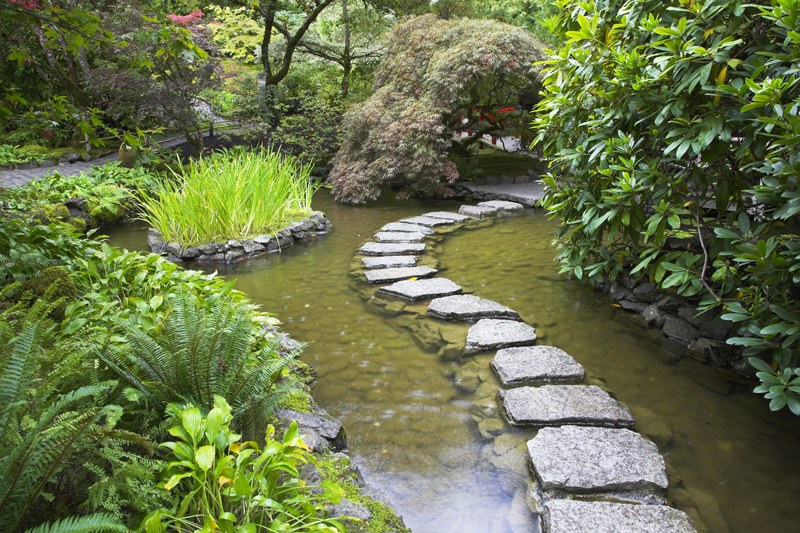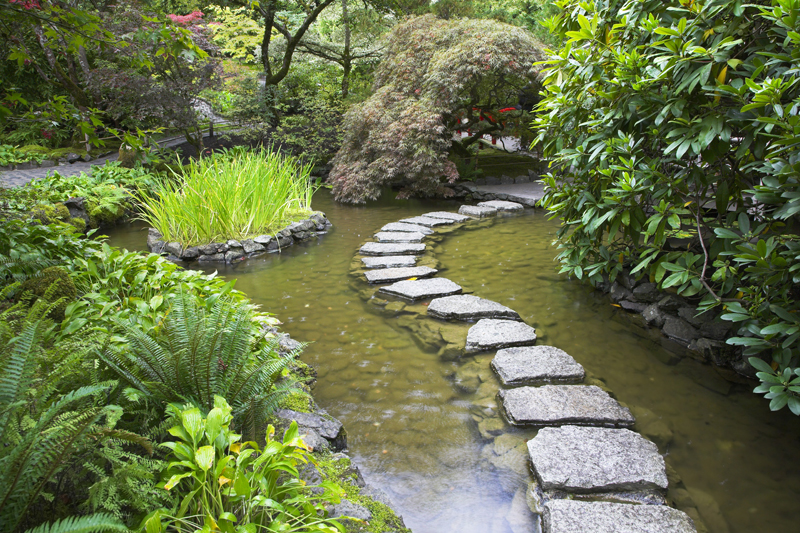Glory of the Snow Bulbs

The Glory of the snow bulbs (Chionodoxa spp.) are a special group of flowering bulbs. There are six species of this in cultivation.
The common name is translated from the Greek words for the plants. These are among the earliest blooming species of the spring flowering bulbs. Indeed, these typically begin blooming when the snow is still on the ground in late winter in February or so.
Related to the hyacinths, these are rather small bulbs. The Glory of the snow originated in Crete and Cyprus and Asia Minor, and especially Turkey in mountainous areas.
Although hardiness can vary slightly according to the species or variety, most are hardy in zones three through eight.
General Description of Glory of the Snow
These bulbs feature narrow, toothed foliage. The flower stalk is quite short. The very small, nodding blooms are star-like. These are often blue with white centers.
There is also a pink flowered variety as well with pinkish-lilac blossoms. The glory of the snow feature blooms that appear on racemes on the flower stalk.
The blossoms appear as a group in a single spray per stem. The flowers are a great source of nectar and pollen for pollinators.
Growing Glory of the Snow
These are suitable for full sun and part shade. They are propagated from seeds and offsets. The best time to plant these bulbs is in the fall.
Glory of the snow should be planted three to four inches apart and three inches deep. They prefer a well drained, moist, reasonably rich soil.
Easy to grow, glory of the snow needs adequate water during the growing season. These bulbs are recommended for rock gardens and woodland gardens. They naturalize well because they tend to multiply.
These plants even do well when they are planted in lawns, which isn’t always true for most other bulb species.
Be aware that these bulbs must have a winter chill. This means they are not suitable for warm climates.
Gardeners will find that glory of the snow bulbs are readily available. K. van Bourgondien lists early or Forbes glory of the snow. The photos show very faint white eyes in the center of the flowers.
High Country Gardens lists Blue Giant glory of the snow. The white centers are more pronounced on these. They also say the plants are deer proof and rabbit proof.
Breck’s calls these bulbs early snow glories. The white eyes don’t seem as pronounced on these flowers.
The common name is translated from the Greek words for the plants. These are among the earliest blooming species of the spring flowering bulbs. Indeed, these typically begin blooming when the snow is still on the ground in late winter in February or so.
Related to the hyacinths, these are rather small bulbs. The Glory of the snow originated in Crete and Cyprus and Asia Minor, and especially Turkey in mountainous areas.
Although hardiness can vary slightly according to the species or variety, most are hardy in zones three through eight.
General Description of Glory of the Snow
These bulbs feature narrow, toothed foliage. The flower stalk is quite short. The very small, nodding blooms are star-like. These are often blue with white centers.
There is also a pink flowered variety as well with pinkish-lilac blossoms. The glory of the snow feature blooms that appear on racemes on the flower stalk.
The blossoms appear as a group in a single spray per stem. The flowers are a great source of nectar and pollen for pollinators.
Growing Glory of the Snow
These are suitable for full sun and part shade. They are propagated from seeds and offsets. The best time to plant these bulbs is in the fall.
Glory of the snow should be planted three to four inches apart and three inches deep. They prefer a well drained, moist, reasonably rich soil.
Easy to grow, glory of the snow needs adequate water during the growing season. These bulbs are recommended for rock gardens and woodland gardens. They naturalize well because they tend to multiply.
These plants even do well when they are planted in lawns, which isn’t always true for most other bulb species.
Be aware that these bulbs must have a winter chill. This means they are not suitable for warm climates.
Gardeners will find that glory of the snow bulbs are readily available. K. van Bourgondien lists early or Forbes glory of the snow. The photos show very faint white eyes in the center of the flowers.
High Country Gardens lists Blue Giant glory of the snow. The white centers are more pronounced on these. They also say the plants are deer proof and rabbit proof.
Breck’s calls these bulbs early snow glories. The white eyes don’t seem as pronounced on these flowers.

Related Articles
Editor's Picks Articles
Top Ten Articles
Previous Features
Site Map
Content copyright © 2023 by Connie Krochmal. All rights reserved.
This content was written by Connie Krochmal. If you wish to use this content in any manner, you need written permission. Contact Connie Krochmal for details.



